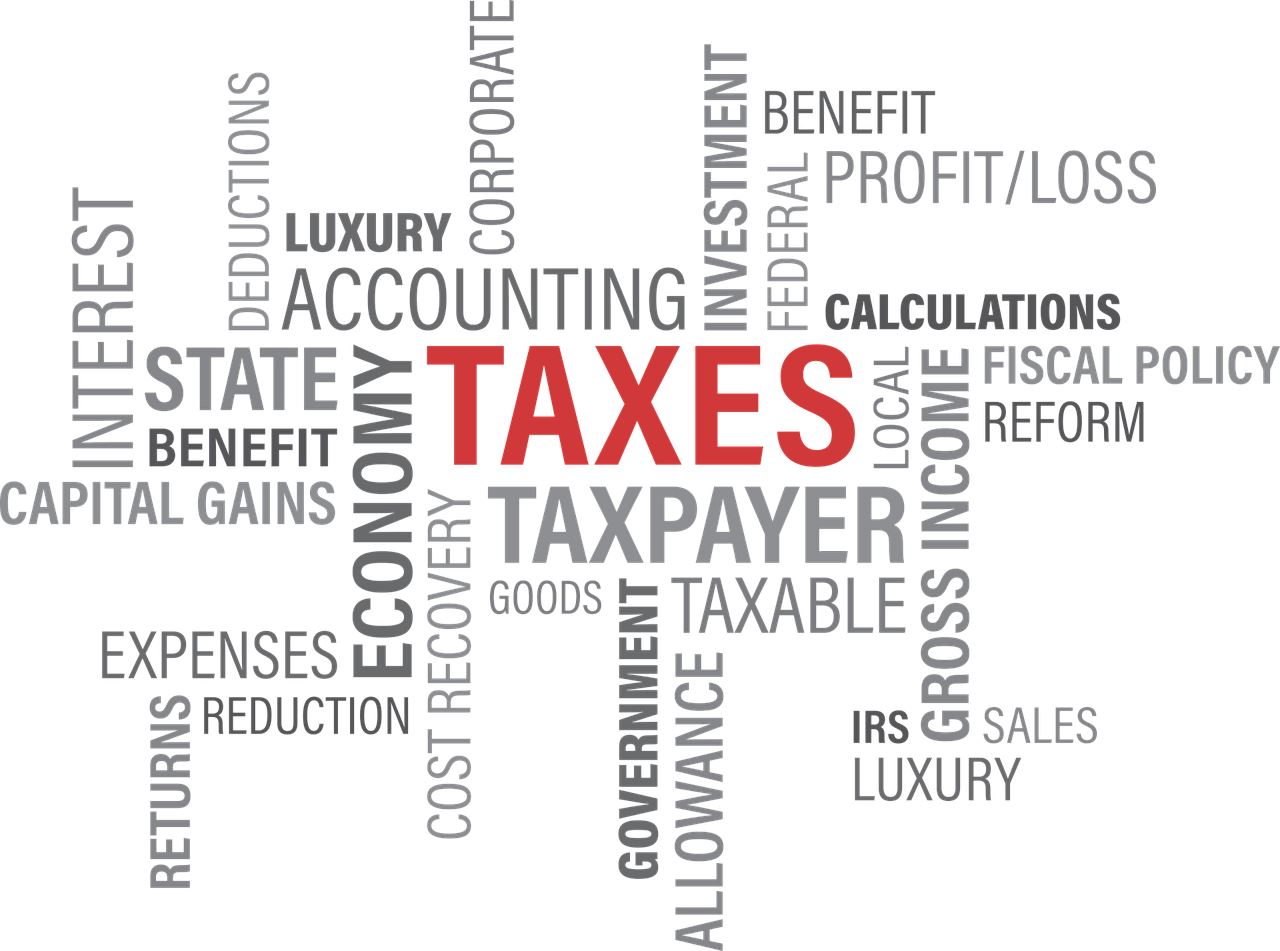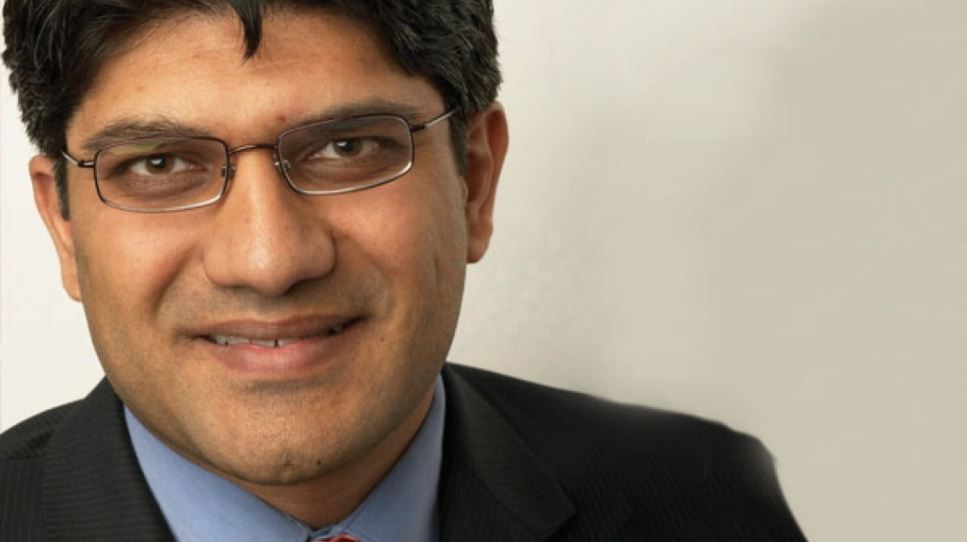By Frank Andorka, Senior Correspondent
As the tax incentives begin to wind down, it’s even more important than ever to be able to identify investors who can afford to take on sufficient tax equity to consummate solar projects.
To do the due diligence to figure out who is currently interested in using equity to fund the project, however, can often increase costs and render deals undoable.
Which is why having a company like kWh Analytics, a solar risk manager, do some portion of the work for you is such a boon. This morning, the company released its Solar Lendscape for Tax Equity, a free resource that profiles 28 tax equity investors. For developers looking to raise capital, the Solar Lendscape catalogs the industry’s most active debt and tax equity investors, including details on check size, target market segments, and product type.
The industry’s first Solar Lendscape was released in June 2018 and initially focused exclusively on providers of debt. Following industry interest, kWh Analytics developed Solar Lendscape for Tax Equity to also include an overview of tax equity investors.
Project development is known to be a complex engagement in which the rules and variables regularly change. One of the most important variables for a developer to track is the availability of capital. Leveraging their experience working with investors, kWh Analytics built a simple, free tool to help developers assess the investor landscape and find the right partner for their projects.
“Solar Lendscape should prove a useful tool for developers trying to raise capital for their projects,” says Keith Martin, Partner at Norton Rose Fulbright. “It was inevitable that someone would create an internet portal to help with that process.”
Fast facts from the Solar Lendscape for Tax Equity:
- Most organizations are using partnerships as a preferred structure.
- Nearly a dozen investors are investing in community solar.
- There was an influx of new tax equity providers in 2017, following the extension of the investment tax credit in 2016.



